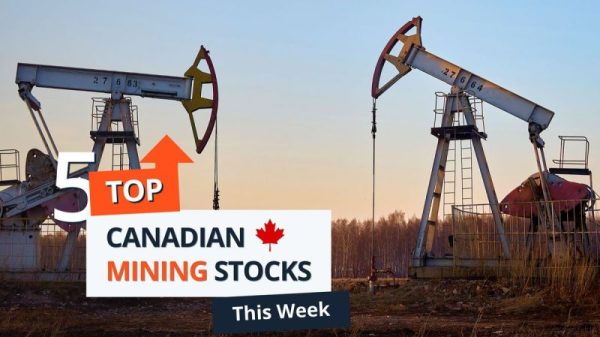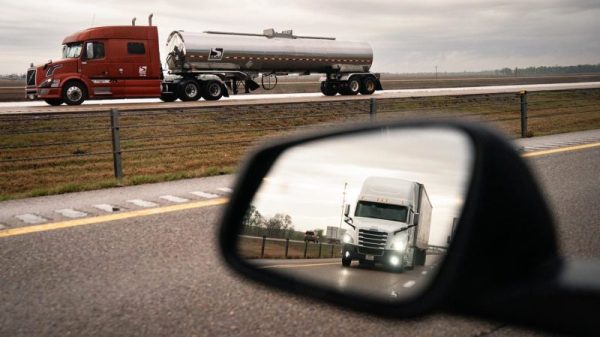If you’re a veteran backpacker or long-time RV nomad, read no further. This article is for camping rookies, those who have never slept beneath the stars or haven’t pitched a tent since their youth but are seriously thinking about overnighting in the wilderness.
You certainly won’t be alone. According to the 2023 North American Camping & Outdoor Hospitality Report compiled by Kampgrounds of America (KOA), camping in all of its forms now accounts for around one-third of all leisure trips in the U.S. and Canada.
Roughly 58 million households camped last year (6.4 million of them for the first time) and they spent around $52 billion doing so.
And while you may think camping is primarily for oldsters, the survey also revealed that Millennials and Gen Z show the highest level of interest among prospective new campers.
It’s not just an American or Canadian phenomenon. The Australian Financial Review reported that one-third of Australians camp each year. German campgrounds recorded more than 40 million overnight stays last year. And according to the Great Britain Tourism Survey, the UK racks up around 152 million camping nights per year.
Enough with the stats (they won’t be on the test) and onto the meat of our course: The different types of camping, their pros and cons, and some of the best places to camp that way.
Car camping
The most popular form of overnighting in the wilderness entails the use of cars, vans, pickup trucks, or even motorcycles.
At its most basic, car camping involves packing a tent, sleeping bag, fold-up chair, cooler and camp stove into your vehicle and staying at a drive-up campground. If you decide this is something you really dig, outfitters like REI or Dick’s Sport Goods offer a seemingly endless array of gear to complement your basic equipment.
Nearly every national park and national forest, and many state and county parks and private facilities, offer drive-up campgrounds with restrooms, potable water, fire rings or pits, and maybe even hot showers. So there are lots of choices.
The downside of car camping is the fact that these campgrounds are often packed to the rafters with other campers. Not a lot of privacy, they can be noisy, and possibly hinder your quest of communing with nature.
RV Camping
The next step up the food chain, camping in recreational vehicles has become increasingly popular because you can basically take it all with you. A self-contained unit with beds, toilet, shower, fridge, stove, air conditioning and maybe even entertainment options.
While RV camping may seem like a recent phenomenon, it’s actually been around for more than 100 years. In 1910, Pierce-Arrow launched the Special Touring Landau, a seven-passenger motorcar with a bed-pan toilet, fold-down sink, backseat that folded into a bed, and a crank telephone between driver and passenger compartments.
Since then, the genre has evolved into everything from travel trailers, camper vans and pickup trucks with a camper shell to tricked out, everything-including-the-kitchen-sink motorhomes. One of most impressive budget busters is the Marchi Mobile EleMMent Palazzo, a 45-foot (12-meter) long behemoth made in Germany that you can drive off the lot for a cool $3 million.
Among the many advantages of RV camping are that you can pull over anywhere, make a meal, shower right after a sweaty hike, you don’t have to fuss with erecting a tent, and you don’t need to walk through a creepy forest at night to use the bathroom.
Speaking of RV bathrooms, that’s also one of the disadvantages, especially for those who aren’t familiar with the intricacies of using a dump station. Another disadvantage is the fact that cheaper models can get awfully hot in summer (especially at night) even with the AC cranked to full blast.
And to be fully functional they require campgrounds “hookups” – electrical, water and sewage lines that plug right into the side of the RV. Many campgrounds boast that sacred trio, many others do not. A lot of campgrounds offer partial hookups, which means they might offer electricity but not water or sewage.
Among the websites that list RV campgrounds and post very useful user ratings are RVshare/Hipcamp, RV Life and Good Sam.
Backpacking
No vehicle required; just your feet and a good pair of hiking boots or shoes to get you to the next overnight spot. A multi-day hiking trip is without doubt the most immersive way to experience the great outdoors.
Other than maybe car camping, it requires the least expense and equipment. All you really need (besides sturdy footwear) are a backpack, sleeping bag, water bottle, small first-aid kit, enough food to last the entire trek and a way to prepare that grub. Although once again, basic backpacking can be complemented with plenty of accessories as well as ways to pack out your waste.
Backpacking forays can last anywhere from two days (with a single overnight) to months or even years. The famed Appalachian Trail takes five to seven months to complete; the epic Trans Canada Trail six to 10 years!
And it can be done just about anywhere on the planet. Some of the world’s celebrated backpacking routes are in Patagonia, the Himalayas, South Africa and New Zealand. Europe boasts a network of 12 long distance trails (E-paths) stretching from the Arctic to the Mediterranean.
Glamping
The term glamping (“glamorous camping”) was coined in the 1990s to describe what the purveyors billed as a new form of outdoor overnighting in large, permanent and comfy tents with proper beds and other modern amenities.
What they were really doing was replicating and rebranding the posh African safaris of the 1920s and 30s — the outdoor lifestyle popularized by Hemingway, European royalty and Hollywood stars.
From safari-style tents, glamping has expanded into other options like yurts, teepees, treehouses, mini cabins and both vintage and brand-new travel trailers. Top shelf glamping features ensuite toilets and hot water showers, and perhaps pot-bellied stoves to keep you warm at night and fans or misters to take the edge off the daytime heat.
While some glamping spots are self-catering, many offer communal tents or halls with restaurant, bar and other shared facilities. Some also offer swimming pools, hot tubs and other recreation options.
Similar to car and RV camping, there are now nationwide glamping networks in the U.S. Autocamp offers luxury Airstream trailers at nine locations from Cape Cod to the California redwoods. Under Canvas has created glamping camps at a dozen locations including the Grand Canyon, Maine’s Mount Desert Island and the Black Hills.
Dispersed Camping
This is car or RV camping with a twist. The U.S. Forest Service and Bureau of Land Management has set aside areas for free camping in national forests, national grasslands and BLM-managed lands.
Let’s emphasize that again: FREE camping. In places that are often just as spectacular as nearby national or state parks.
There are no facilities or amenities of any kind. You need to bring everything with you. And don’t leave a trace, which means hauling everything away (especially your trash). There’s normally a 14-day limit. And there may be fire restrictions.
Websites like Campendium (www.campendium.com) and Free Campsites (https://freecampsites.net) offer handy online tools for finding dispersed camping in various states.
Boat Camping
While this does involve owning or renting a watercraft or using a ferry or water taxi service to reach the overnight site, camping via canoe, kayak, raft or boat offers a similar get-away-from-it-all adventure as backpacking.
Experienced paddlers and boaters usually prefer to camp on their own along a secluded shoreline. But many adventure or wilderness outfitters offer guided trips that can last anywhere from a couple of days to two or three weeks.
With a boat, you can sometimes camp places that not even backpackers can reach. Like Santa Elena Canyon along the Rio Grande in Big Bend National Park or spectacular McCarty Fjord in Alaska’s Kenai Fjords National Park.
Joe Yogerst is the author of National Geographic’s “50 States, 500 Campgrounds” and “100 Parks, 5,000 Ideas.”







































